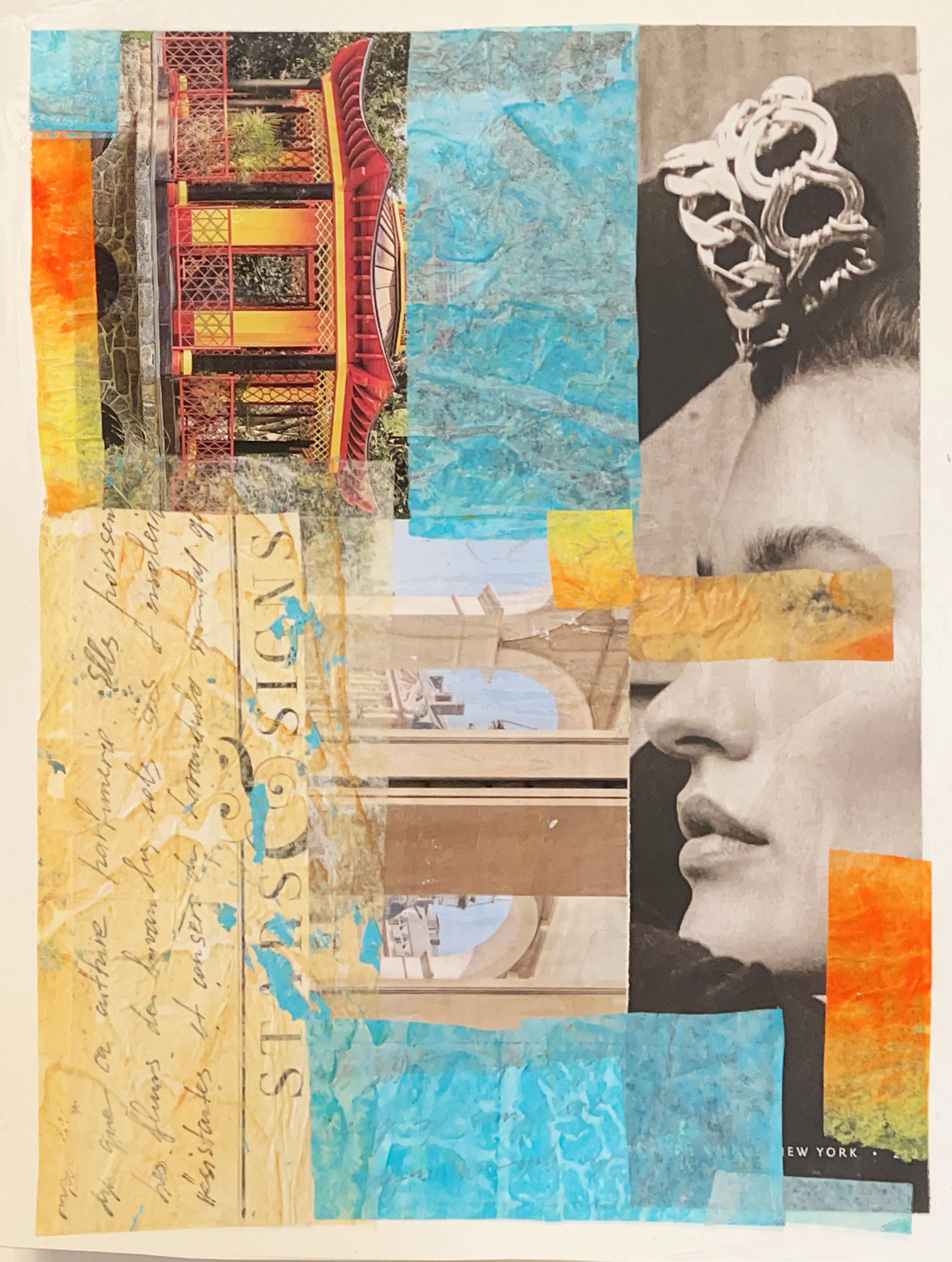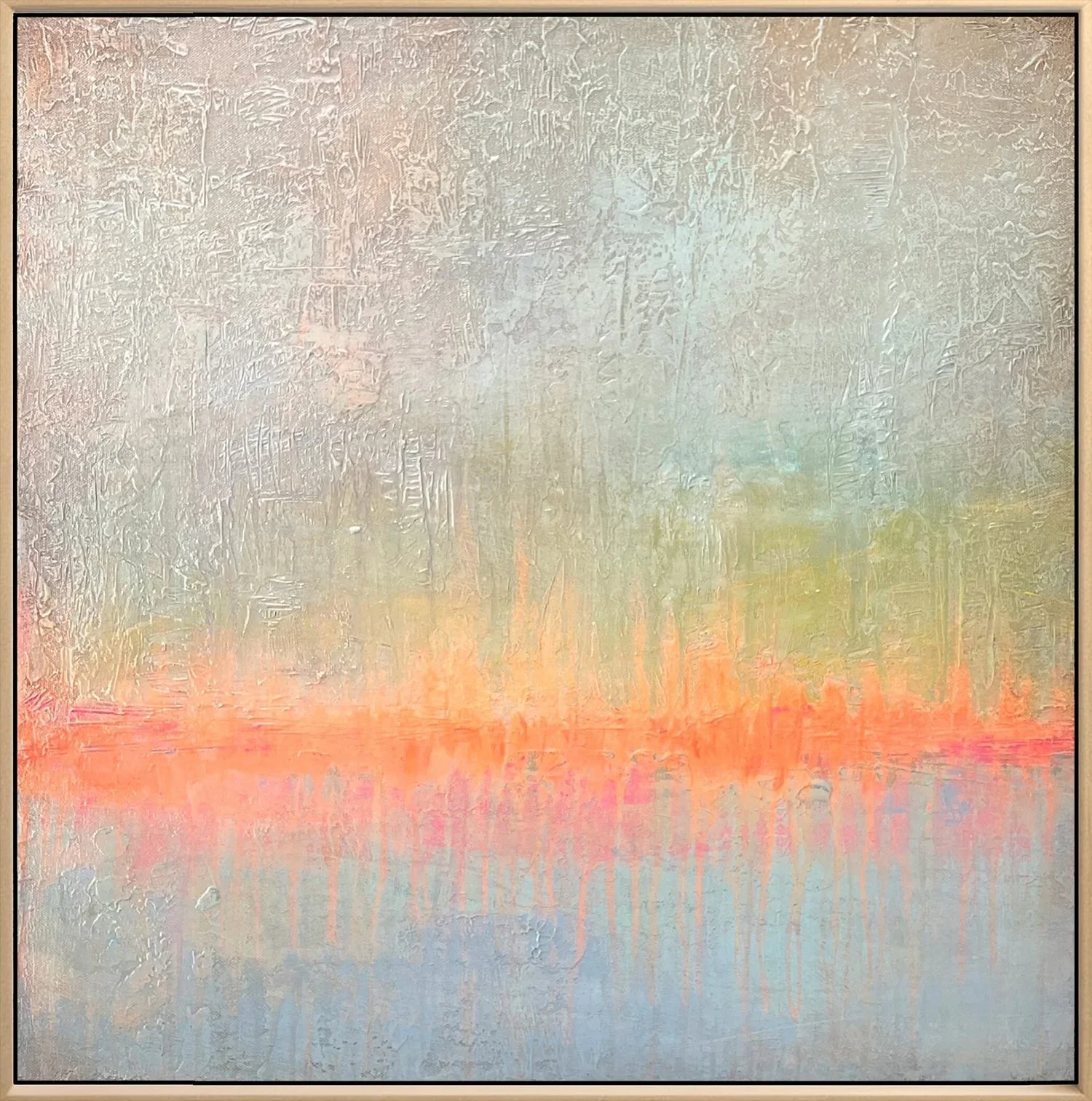Why Art and Creativity Belongs in All of Our Lives
I went to a talk at the Canton Cultural Center this week, hosted by ArtsInStark, our local community arts council. It ended up being one of those events that sticks with you. The speaker was Dr. Sharon Boyle from Ohio University. She runs their Arts in Health program and has a long background in music therapy, so she brought a real-world viewpoint instead of something abstract.
She opened with a simple idea. Engaging with the arts is a health behavior.
It’s an actual measurable behavior that affects well-being. Creative activity helps reduce stress and anxiety. It supports emotional regulation. It helps with memory, focus, connection, and even certain physical outcomes. She listed the benefits in a straightforward way, and I appreciated that.
Then she went into brain science.
Music activates both hemispheres of the brain. It reaches across different systems at once. If part of the brain is injured or diseased, musical engagement can help build new pathways. That alone is fascinating. She also shared research showing that people who attend arts events have a lower mortality risk. Even attending once in a while makes a difference. Those numbers made me think about how we talk about the arts in general. We all know it feels good to experience them. We know that the arts are extremely important in society at many levels. We just don’t always consider the real, tangible impact on our health.
Dr. Boyle talked through her own path. She started in vocal performance, shifted into music education, and eventually stepped into music therapy. She has worked in places most of us never see behind the scenes. High-risk prenatal programs. Schools. Memory care. Psychiatric units. Hospitals. Hospice. That range gave her a perspective that felt grounded. Music therapy is not just playing songs to lift someone’s spirits. It is a clinical field with a full training process, supervised hours, and board certification. It’s a world that many of us don’t even know exists.
One thing she explained clearly was the difference between “Arts and Health” and “Creative Arts Therapies.”
Arts and Health is everyday creative engagement. Non-clinical. The natural benefits of showing up for the arts. It’s about going to a concert or compiling and pasting collage scraps in a sketchbook like I did last night. It’s therapy.
Collage on paper, approx: 8x10 - Chris Auman
Creative Arts Therapies involve working with an actual therapist with specialized training and a treatment plan. Surrounding both are fields that blend creativity and care. Artists inside medical settings. Arts-based community health programs. Medical humanities courses that help future healthcare workers communicate and observe more effectively. And something called social prescribing, where providers refer patients to arts activities just like they refer them to exercise programs or community resources. I think this is awesome!
She shared examples of places already trying this. Stanford built a system where link workers connect people to arts experiences. Ohio University has its ArtsCare program to help students manage stress or express themselves creatively. The University of Michigan is building collaborations between campus arts programs and community health groups. She showed creative placemaking projects happening in rural towns and city neighborhoods. These weren’t feel-good stories. They were structured programs producing measurable outcomes.
When she brought the conversation back to Stark County, it felt surprisingly relevant. Her slide listed local organizations: ArtsInStark, the Canton Museum of Art, the Canton Symphony Orchestra, the Ballet, the Palace Theatre, art galleries, libraries, hospitals, and colleges. She even mentioned the arts and culture group that I’m in here in our county, and that felt rewarding. Seeing this all in one place made something clear. We already have the ingredients to do this work in our region. We just need to connect the people.
Her takeaway was to start small. One collaboration. One pilot. Track it. Learn from it. Build from there. Over time, you create momentum for bigger things. Even things that feel far away right now, like insurance recognizing arts engagement as preventive care. After hearing the research, that idea does not sound far-fetched. I love this idea.
Somewhere in the middle of the talk, I found myself remembering my own art. I never paint with the intention of improving someone’s health, but the way Dr. Boyle described the impact of aesthetics made the connection hard to ignore. My work tends to lean toward calm. Ocean textures. Gentle movement. Space to breathe. I create that way because I enjoy it, but people often tell me the work has the same effect on them, too.
Dr. Boyle talked about how even passive engagement with the arts has real effects. Looking at a painting. Listening to your favorite music. Being present with something creative, like writing or cooking. If it gives you a moment to feel grounded and that moment matters. It’s like how stepping outside for fresh air matters.
It made me think about why certain people connect so strongly with ocean-inspired work. Water already signals restoration. Maybe the textures, colors, and movement tap into something deeper. I’m not trying to position my art as therapy. But it was interesting to hear a researcher confirm that everyday creative engagement shifts us, even at a small scale. If a painting creates a few seconds of calm in someone’s day, maybe that helps more than I realized.
I walked out with that thought still in my head. Engaging with the arts is a health behavior. It reframes what it means to pay to attend a concert or support a local art gallery, or hang art on your wall.
It reframes what it means to make art, too. It is part of how we take care of ourselves and each other. We need to remember that.
There was one moment during the Q&A that stood out for a different reason. This doesn’t directly connect to what I’ve been talking about. So, please indulge me for a moment because this is important to me.
During the Q&A, a man in the audience stood up and asked a question that quickly drifted into a rant about how terrible today’s music is and a few unrelated comments that didn’t land well. He even mentioned trans people, and you could tell he was a little angry at the world. It was uncomfortable.
But Dr. Boyle, to her great credit, handled it in a way that made the whole room take a breath. She didn’t argue with him. She didn’t shut him down. She simply said that it is completely fine not to like certain kinds of art. None of us is expected to enjoy everything. The idea of “art” is wide and messy and made for all kinds of people and things.
What misses the mark for one person might have a deep impact on someone else.
I believe in this deeply. Be cautious about calling any art “bad.” Most of the time, it’s just not for you, and that’s normal and expected. Art doesn’t need universal approval to matter.
Now, I should say, there are limits. The man did mention a few specific things, like the degradation of women in some music these days. I don’t support this either. But, Dr. Boyle made the point that culture plays a big part in art, and many times this will feel like a foreign world that you don’t understand. These are my words, not hers, but you get my point. I’m not the person to make an argument around whether this music is either good or bad. But the point is, you simply may not understand the art and the culture it comes from. Be aware of this important point when judging what is good and bad. It’s exactly like cooking. Just because you don’t like spicy, painful Mexican food that burns your mouth doesn’t mean that it’s “bad” food. It’s just “bad” for you, and that’s “ok”.
When I had the chance to ask a question, I mentioned that I agreed with her.
A lot of people in my own life look at my art, and they don’t “get it”. Abstract art can land that way. My wife and family have looked at pieces and wondered what they’re supposed to be seeing. Last night, when I was sticking pieces of random paper in a sketchbook, my son was walking through the kitchen, and I know he was saying, “What the hell”?
And that’s fine.
Because plenty of other people see and feel something in those same pieces. They feel calm or curious or grounded in a way that matters to them. I’ve started to recognize that it might even be therapeutic for some people to look at. I know it is therapeutic for me to make.
This talk from Dr. Boyle reminded me how personal art is. What feels meaningless to one person can have deep meaning and benefits for someone else. That is the whole point. Art is not supposed to line up neatly with everyone’s taste. It only needs to meet someone where they are. And that alone gives it value.

